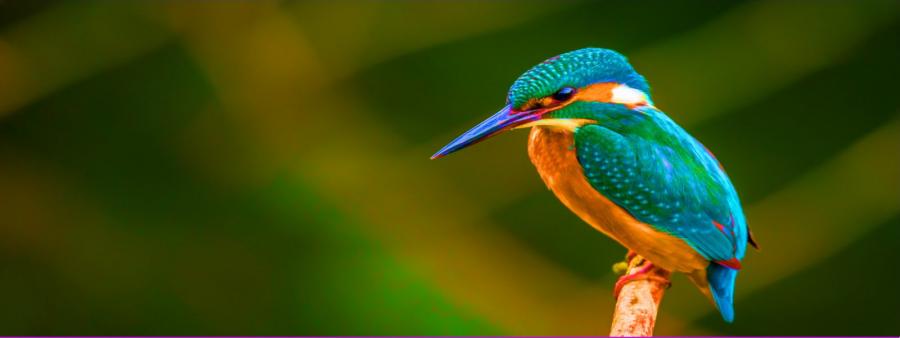Biomimicry - innovation and nature for projects

Nature has a much greater power than we think. From it we have learned to manage available resources, improve the efficiency of our environment and work self-sufficiently.
The art of understanding, imitating and learning from nature by simulating its forms is known as Biomimicry or Biomimetics. In this post we will look at an approach to the concept and explore the projects with the greatest impact within this framework.
In the article you will find:
-
Biomimicry.
-
Distinguish, Imitate and Reconnect
-
Benefits
-
Innovation and nature - best projects
-
Bullet train
-
Sprouts Hotel
-
BIQ House
Biomimicry
Studying nature for further sources of inspiration, design and innovation techniques to improve our way of life is the main strategy of biomimicry. For many years, nature has taught us how to work better and optimize the resources it offers us. We only must look at beehives, the skin of a shark, the wings of birds or the strength of a spider's web.
All of them are processes and elements that humans have emulated to improve our quality of life. In this way, we can define biomimetics as the art of imitating life. The main objective of this element is based on balancing the use of resources and improving the sustainability of the planet.
In addition, the use of sustainable materials helps the ecological commitment, reducing the number of accumulated waste and improving practices in our environment. More sustainable, ecological and inspiring practices facilitate our lives and the quality with which we care for the planet.
Distinguishes, imitates and reconnects
Biomimicry is applied in different sectors of activity such as architecture, urban planning, economics and project management, among others. Nature knows its environment, and that is why it can recycle its elements so as not to waste them.
Now, what are the components that highlight the basis of Biomimicry?
-
Distinguish
-
Imitate
-
Reconnect
These three values form the essence and principles of biomimicry. Creativity and innovation are also present and essential in this framework. Creativity allows to extend new ideas and/or designs that, mixed with innovation, allows to implement new processes or products.
As for the benefits provided by biomimicry, we find:
-
Waste reduction. Taking advantage of most of the available natural resources, the related projects will take care of the environment by drastically reducing waste production.
-
Greater sustainability and efficiency. The use of natural resources undoubtedly improves the sustainability and efficiency of our planet.
-
Resource management. Resources are balanced with this perspective. In addition, from a business perspective we can optimize work and therefore crisis management.
Innovation and nature - better projects
Over time, biomimicry has been reflected in different projects around the world. In these projects, nature has played a large role and has benefited the development and viability of these projects.
"The architect of the future will be based on imitating nature, as it is the most durable, rational and efficient of all methods" Gaudí.
The three major projects involved in biomimicry, are the Bullet Train in Japan, the Sprouts Hotel in Qatar and the BIQ House:
-
The Bullet Train. Simulating the beak of a bird, this Japanese high-speed train had to modify its structure to mimic the Kingfisher bird, making it more aerodynamic and efficient.
-
Sprouts Qatar Hotel. A building that copies the design and functioning of a cactus to improve and optimize the high temperatures of Qatar, letting cold air in at night and expelling the hot air of the day.
-
BIQ House. This structure built its bio facade using algae in charge of controlling the light generated in the building. In this way, energy consumption is reduced by almost 50%, creating biogases that provide energy to the building.
These projects represented a before and after in the execution of architectural projects. The use of natural elements to improve and optimize the earth's resources is undoubtedly the next step. Finding new forms of innovation and creation that favor biomimicry and allow the incorporation of new ways of managing projects.
"It is not necessary to reinvent the wheel, but to take ideas and transform them to meet our needs" Juan Antonio Castro.
The innovation process is part of change. For the director of La Salle URL's Project Management programs, Juan Antonio Castro, learning from nature to reinvent ourselves and improve our environment through biomimicry is the solution.
To delve deeper into project management and find the possibilities offered by this area, boost your career at La Salle URL with the Master's Degree in Project Management to lay the foundations of project management and innovate in the future of tomorrow.